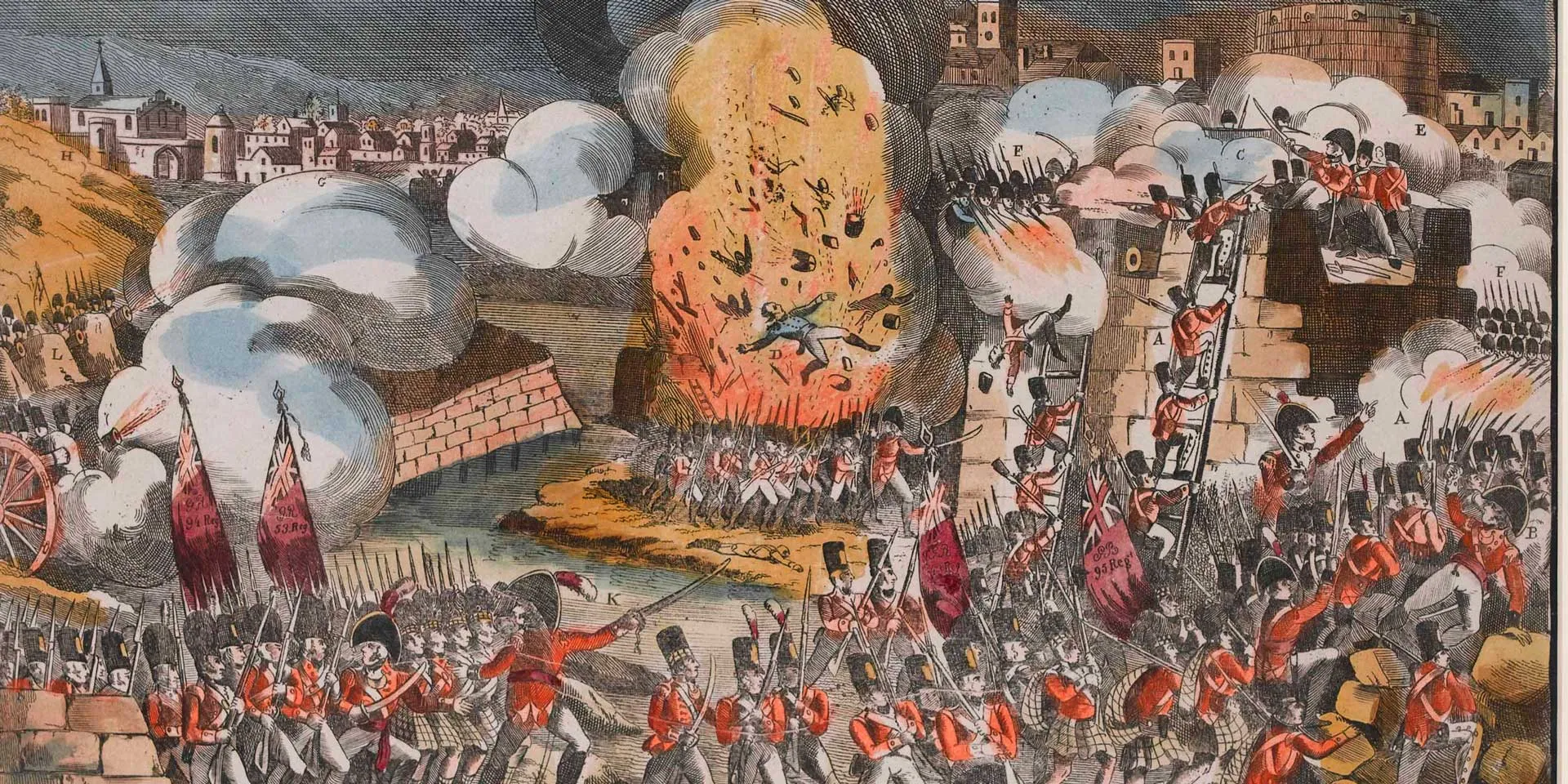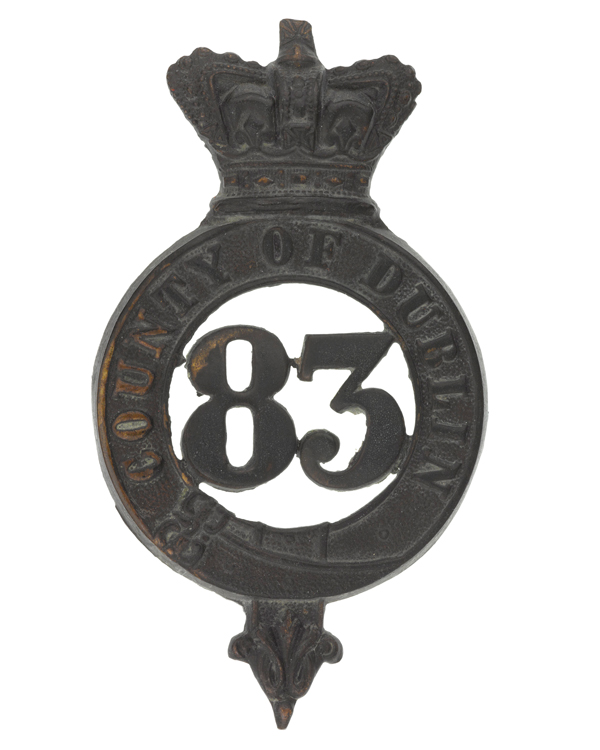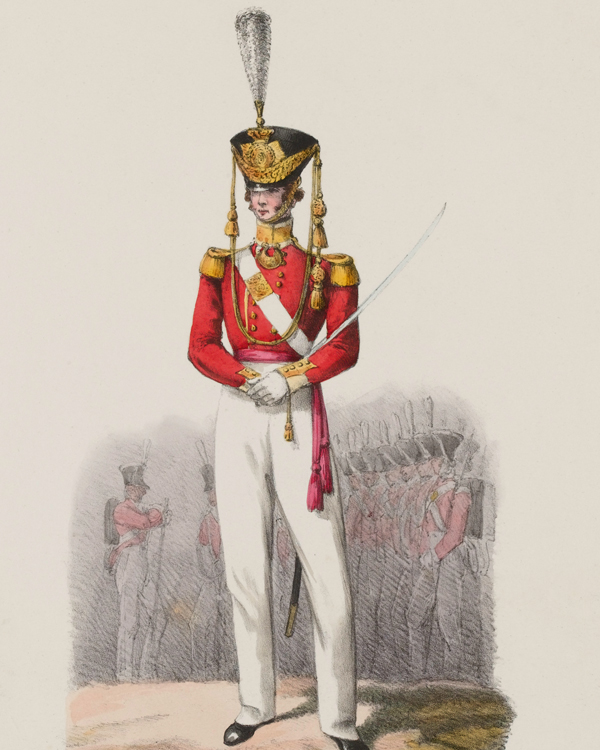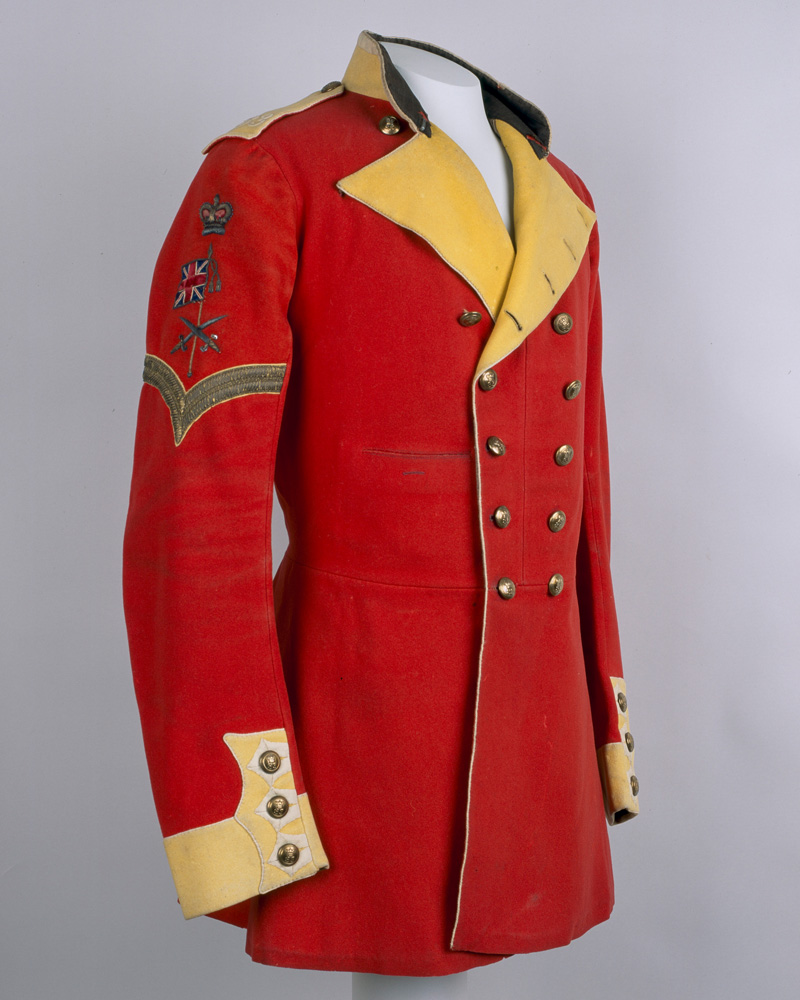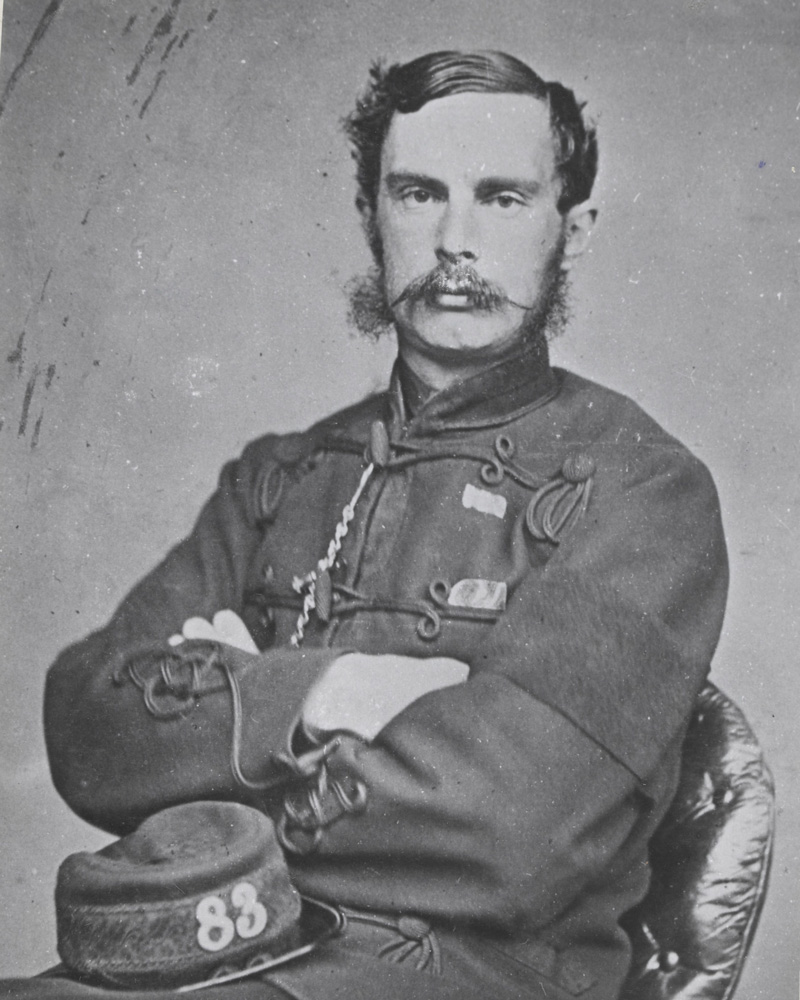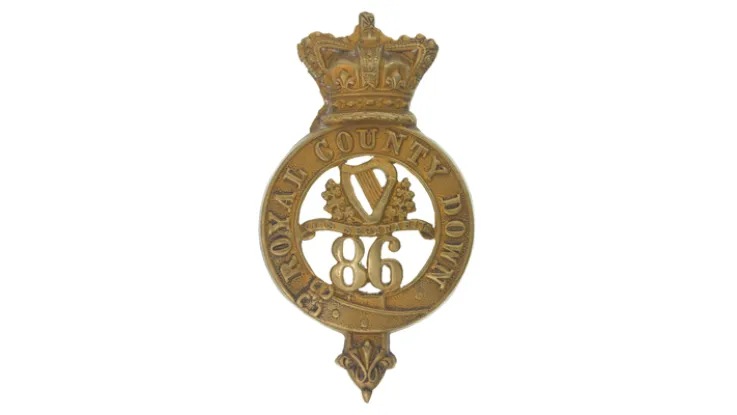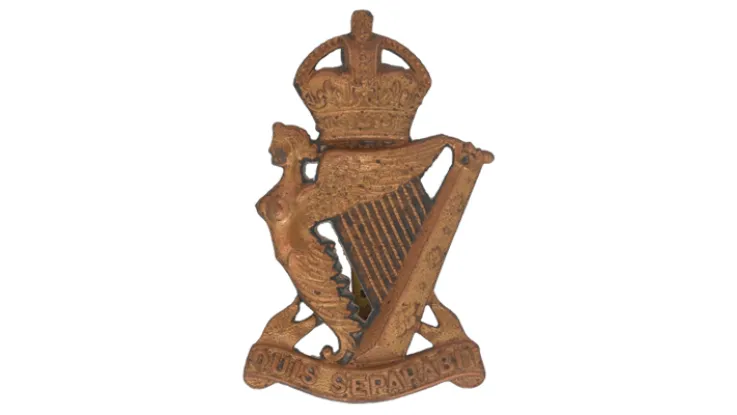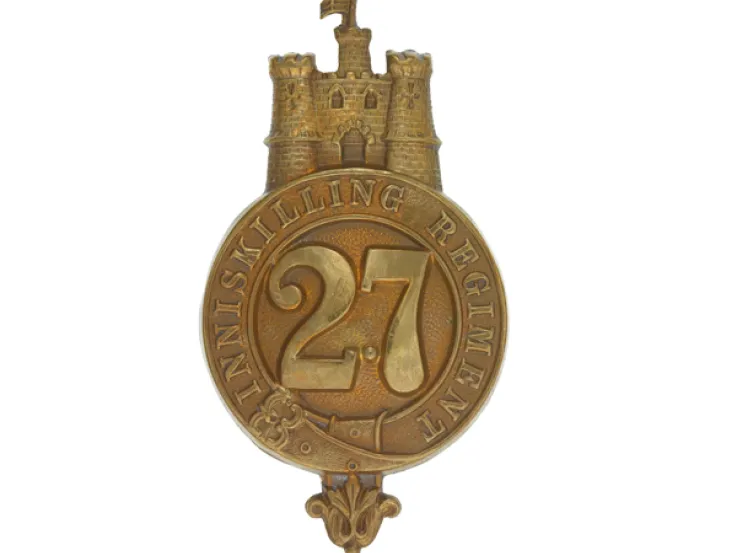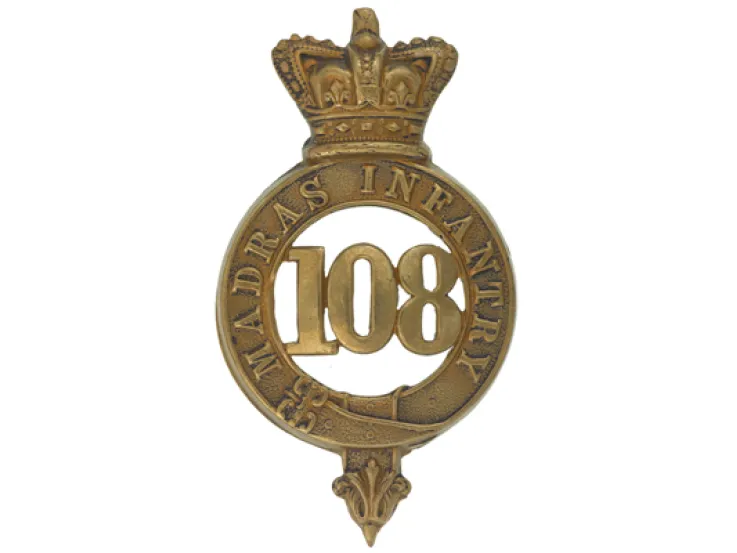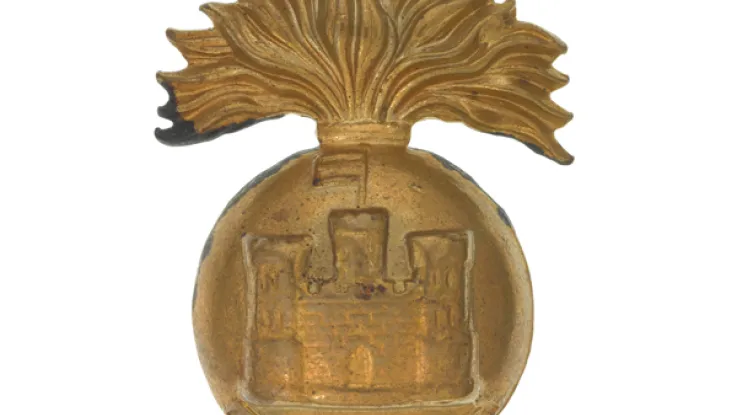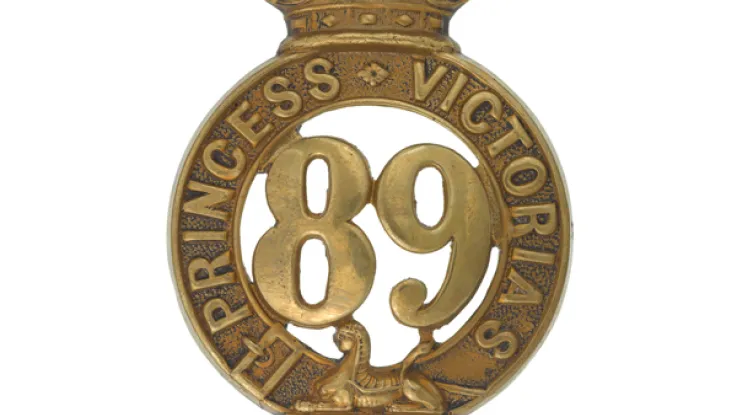Origins
In 1793, Britain had just entered the French Revolutionary War (1793-1802) and needed to expand its Army. That year, Major William Fitch was commissioned to raise a regiment of foot in Dublin with the numeral 83.
Fitch remained its colonel until his death in Jamaica during the regiment’s first overseas posting, which began in 1795. There, it fought against the Maroon Rising and also sent three companies to assist in the capture of Saint-Domingue (now Haiti).
Early 19th century
The regiment returned to Britain in 1802, only to be sent to help capture the Dutch colony of the Cape of Good Hope in 1804. That year, it also raised a 2nd Battalion, mainly from volunteers from the 3rd Royal Lancashire Militia.
2nd Battalion remained in England and Ireland until 1809, when it took part in the Peninsular War (1808-14), fighting at Talavera (1809), Busaco (1810), Ciudad Rodrigo (1812), Badajoz (1812), Salamanca (1812), Vitoria (1813), Nivelle (1813) and Toulouse (1814). It remained in that theatre right up to the end of the campaign in 1814, before disbanding in 1817.
Meanwhile, 1st Battalion fought in the Fourth Cape Frontier War (1811-12) in southern Africa. It then moved straight to Ceylon (now Sri Lanka) in 1817, where it fought in the Third Kandyan War (1817-18), before returning to the British Isles in 1825.
Late 19th century
Its next overseas posting was to Canada from 1834 to 1839. It arrived in Bombay in 1848 for a 14-year Indian deployment, which included service during the Indian Mutiny (1857-59). During this conflict, it helped secure the Bombay Presidency, before joining the Central India campaign.
In 1859, the regiment was granted the designation ‘County of Dublin’, formalising its historic links with that region.
In 1862, the 83rd returned to England. It garrisoned Ireland and Gibraltar, before returning to Bombay in 1870. The regiment then garrisoned Natal in 1881.
Legacy
In 1881, it was amalgamated with the 86th (Royal County Down) Regiment Foot to form The Royal Irish Rifles. This broke its ties with Dublin as the new regiment’s depot was at the 86th's home in Belfast.
Regimental museums
The National Army Museum works with a network of Regimental and Corps Museums across the UK to help preserve and share the history and traditions of the Army and its soldiers.
Discover more about the 83rd (County of Dublin) Regiment of Foot by visiting the Royal Ulster Rifles Museum in Belfast.

